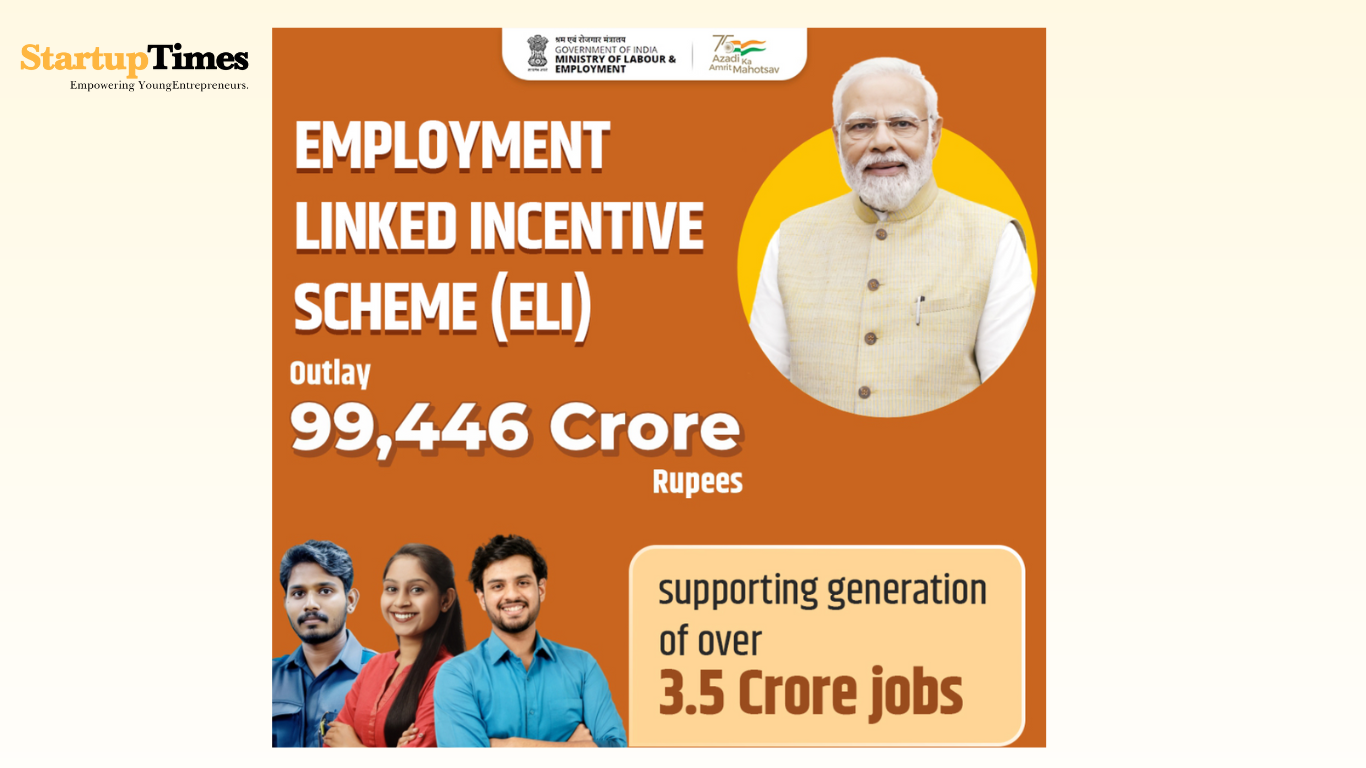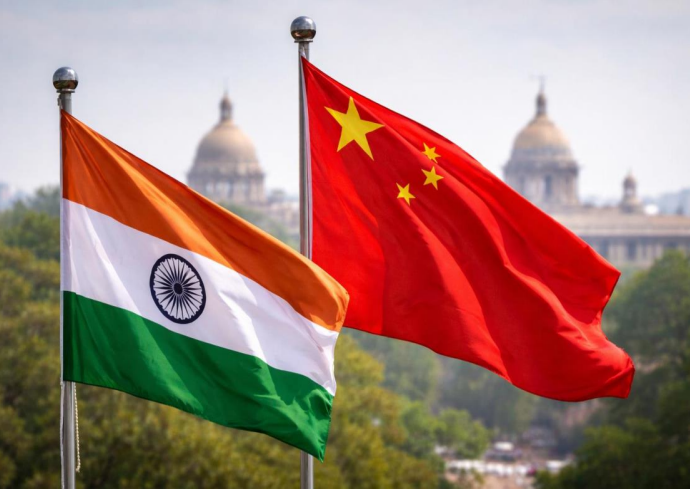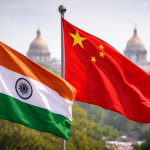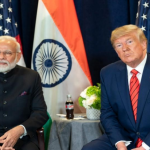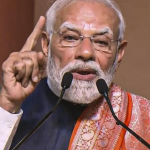The Union Cabinet's recent approval of the Employment-Linked Incentive (ELI) Scheme, with a substantial outlay of ₹99,446 crore, marks a significant stride in India's efforts to boost formal job creation and enhance social security. Announced initially in the Union Budget 2024-25, this scheme aims to generate over 3.5 crore (35 million) jobs nationwide within the next two years, with a particular focus on the manufacturing sector. But who exactly stands to benefit from this ambitious initiative?
The ELI Scheme is structured into two main components, each targeting specific beneficiaries: first-time employeesentering the formal workforce and employers who create additional jobs.
Benefits for First-Time Employees:
This segment of the scheme is designed to attract and support individuals who are making their debut in the formal sector.
- Direct Financial Incentive: Eligible new employees will receive a one-month EPF (Employees' Provident Fund) wage incentive, capped at ₹15,000. This amount will be disbursed in two installments: the first after six months of continuous service, and the second after twelve months of service, contingent on the completion of a mandatory financial literacy program.
- Eligibility: The benefits are applicable to newly employed individuals whose monthly salary is up to ₹1 lakh and who are formally registered with the Employees' Provident Fund Organisation (EPFO).
- Encouraging Savings: A unique feature of Part A is the provision to hold a portion of the incentive in a savings instrument or deposit account for a fixed period. This aims to inculcate a habit of saving among young workers.
- Target Beneficiaries: The government projects that approximately 1.92 crore (19.2 million) first-time employees will directly benefit from this scheme.
Support for Employers :
This part of the scheme incentivizes businesses to expand their workforce by creating new, sustained employment opportunities across all sectors, with a special emphasis on manufacturing.
- Monthly Incentives for Hiring: Employers will receive a monthly incentive of up to ₹3,000 per additional employee for a period of two years. For the crucial manufacturing sector, this incentive period is extended to four years.
- Wage Slabs for Incentives: The amount of incentive for employers is tied to the employee's monthly EPF wage:
- Up to ₹10,000: Up to ₹1,000 per month
- More than ₹10,000 and up to ₹20,000: ₹2,000 per month
- More than ₹20,000 (up to ₹1 lakh): ₹3,000 per month
- Eligibility Criteria for Employers: To qualify for incentives, EPFO-registered establishments must increase their employee strength above a defined baseline. Specifically, firms with fewer than 50 employees need to hire at least two additional staff, while those with 50 or more employees must add at least five new staff members, maintaining their employment for a minimum of six months.
- Job Creation Target: This component is expected to incentivize employers to create nearly 2.60 crore (26 million) additional jobs.
Broader Implications and Goals:
The ELI Scheme, applicable to jobs created between August 1, 2025, and July 31, 2027, is more than just a financial handout. It aims to achieve several key objectives:
- Formalization of Workforce: By linking incentives to EPFO registration, the scheme seeks to bring a significant portion of the informal workforce into the formal economy, providing them with social security benefits.
- Youth Employment: It directly addresses the challenge of youth unemployment by incentivizing companies to hire fresh talent and providing financial support to new entrants.
- Boost to Manufacturing: The extended benefits for the manufacturing sector are a strategic move to stimulate growth and job creation in this critical segment, aligning with India's "Make in India" initiatives.
- Reduced Attrition: Some industry experts believe the incentives for sustained employment could also help reduce attrition rates, particularly for new hires.
Industry bodies like the Confederation of Indian Industry (CII) have welcomed the scheme as a "game-changer" for job creation and workforce formalization. While some trade unions have expressed reservations, the government asserts that the ELI Scheme is a well-designed, incentive-driven program set to bring significant positive changes to India's labor market and contribute to its demographic dividend.

